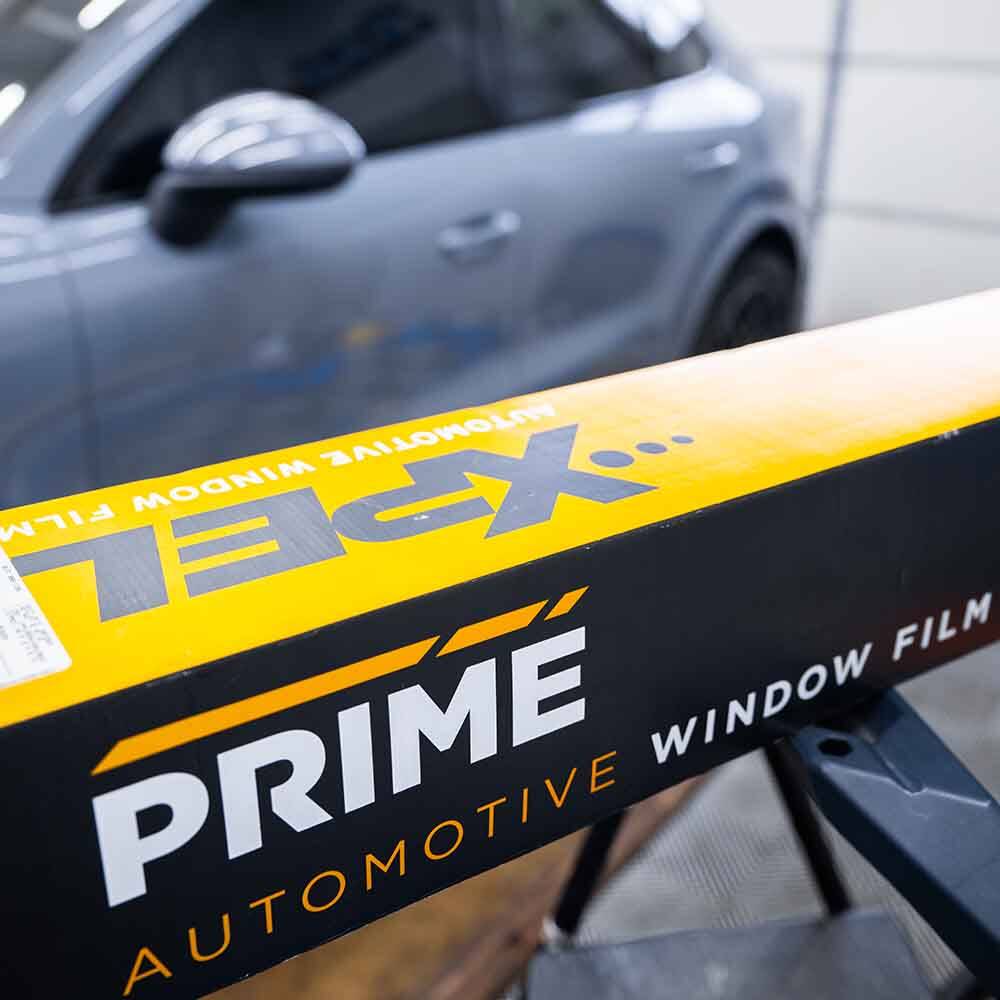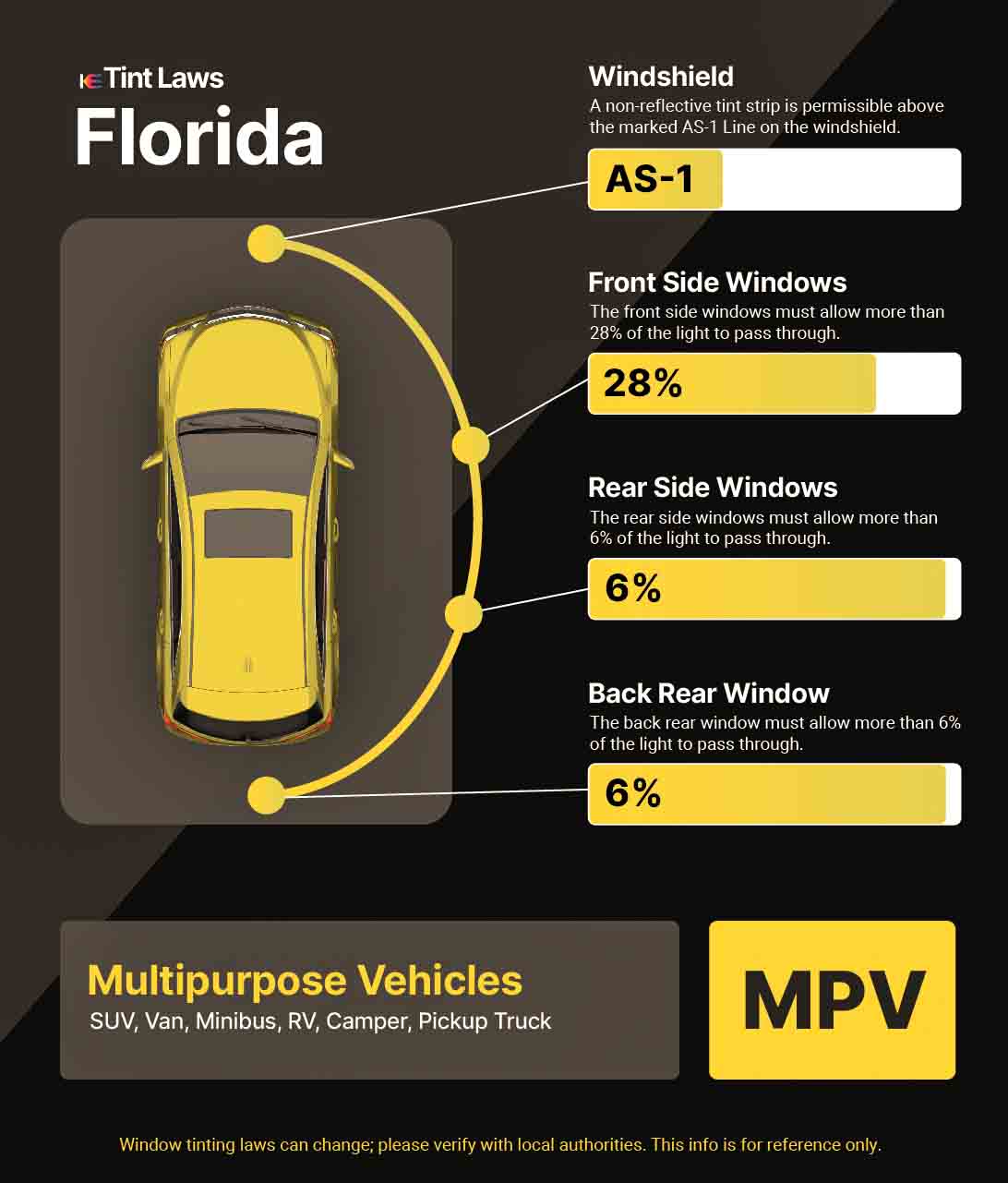A Comprehensive Guide to Understanding Automobile Window Tint and Its Benefits
Car window tinting offers greater than just an aesthetic purpose for automobiles. It provides various kinds, each with unique functions and advantages. Comprehending these alternatives, in addition to legal laws and upkeep tips, is vital for any kind of car owner. The advantages might considerably improve driving comfort and automobile longevity. As one discovers the subtleties of home window tinting, the question develops: what kind of tint is best fit for private requirements?
Understanding Automobile Home Window Tint: What It Is and Exactly how It Functions
Automobile window color serves as a safety barrier that enhances vehicle visual appeals while offering useful benefits. This thin movie is related to the indoor surface of auto windows, minimizing glare and blocking dangerous ultraviolet (UV) rays from the sun. By filtering system sunlight, auto home window tint aids to manage the interior temperature level of the vehicle, causing boosted convenience for guests and minimized reliance on air conditioning.Additionally, it shields the lorry's interior from fading, maintaining both furniture and control panel materials. The tint can likewise boost privacy, making it much more hard for outsiders to see inside the automobile. Additionally, certain types of window tint can boost security; in the event of an accident, the film helps hold destroyed glass together, lowering the threat of injury from flying shards. Generally, vehicle window color offers both visual and sensible purposes, making it a prominent option among lorry owners.
Sorts Of Window Color: A Review of Options
When thinking about home window tint alternatives, a number of types are available, each with distinct features. Colored, metalized, and ceramic home window colors provide varying degrees of warm denial, UV protection, and visual appeal. Understanding these distinctions can help car owners make informed selections based upon their preferences and requirements.
Dyed Home Window Tint
Dyed window color stands for a popular option among automobile owners looking for a inexpensive and reliable way to improve their vehicle's aesthetic appeals and privacy. This kind of tint is produced by putting a layer of dye between a protective covering and an adhesive layer, causing a dark look that lowers glare and boosts aesthetic convenience. While colored home window tint properly blocks dangerous UV rays, it might not use the exact same level of heat denial as various other tint types. Furthermore, its color can fade in time, possibly decreasing its effectiveness. Despite these disadvantages, colored home window tint continues to be popular for its cost-effectiveness and capability to give a sleek, elegant aim to numerous automobile models.
Metalized Window Color
Metalized window color uses an equilibrium of design and performance, making it a prominent choice among auto owners. This kind of tint includes metallic particles within the film, improving both aesthetic allure and warm being rejected. The reflective high quality of metalized color assists to lower glow and enhance personal privacy, while also offering UV protection, which safeguards the car's interior. Additionally, metalized home window color can strengthen home window toughness, potentially stopping shattering during crashes. It is important to note that the metallic elements can interfere with electronic signals, such as General practitioner and cell phone function. Overall, metalized window tint gives a reliable service for those looking for a combination of sun, longevity, and appearance security for their lorries.
Ceramic Window Tint
Ceramic window tint represents a sophisticated alternative in the spectrum of automotive window films, providing unique advantages over standard colors. Unlike dyed or metalized films, ceramic tints utilize sophisticated ceramic fragments, which efficiently turn down heat and UV rays without endangering presence. This modern technology ensures that vehicles stay cooler, minimizing dependence on air conditioning and improving fuel efficiency. Additionally, ceramic window tints are less likely to disrupt digital tools, such as GPS or mobile signals, making them a practical option for contemporary lorries. Moreover, their toughness and scratch resistance add to a longer lifespan contrasted to other kinds of tints. On the whole, ceramic window tint provides exceptional efficiency, convenience, and defense, making it a preferred alternative for discerning car proprietors.
Benefits of Auto Window Color: Beyond Visual Appeals
While many individuals associate automobile home window color with enhanced style, its benefits extend far past plain aesthetic appeals. One significant benefit is heat decrease; window tint can block as much as 99% of dangerous UV rays, safeguarding and keeping the interior colder furniture from fading. This not only improves convenience during heat yet also minimizes reliance on a/c, bring about boosted fuel efficiency.In enhancement, auto home window tint gives an added layer of privacy and safety. Colored home windows make it tough for outsiders to see inside the car, which can deter burglary and protect belongings. Furthermore, lots of colors reinforce the glass, minimizing the probability of smashing in case of a mishap, consequently improving safety.In enhancement to these functional advantages, automobile home window color can additionally add to glare decrease, enhancing exposure for vehicle drivers and passengers alike. This diverse technique to convenience and security makes window color a valuable investment for vehicle owners.
Legal Considerations: Tinting Regulations by State
Before committing to automobile home window color, automobile proprietors have to browse a complicated landscape of tinting regulations that differ by state. Each state has specific legislations controling the permitted degrees of tint darkness and reflectivity for different windows, consisting of windshields, front side windows, and rear home windows. These regulations frequently consist of noticeable light transmission (VLT) percentages, which dictate just how much light can travel through the colored glass.Some states permit darker colors on rear windows while limiting front side and windshield colors for safety factors. In addition, particular states might need a certification from the maker to verify compliance with tinting regulations. Breaching these regulations can lead to penalties, compulsory elimination of the color, or both. It is essential for automobile proprietors to investigate their state's laws thoroughly to ensure legal conformity before setting up home window tint. This persistance can save time and money in the future.
Selecting the Right Color: Variables to Take into consideration
When selecting the proper home window tint for a vehicle, numerous crucial factors enter play. Color darkness levels, UV protection scores, and conformity with legal policies are necessary considerations to assure both looks and performance. Evaluating these aspects will certainly aid people make an enlightened decision that meets their requirements and complies with neighborhood legislations.
Color Darkness Levels
Choosing the proper tint darkness level is crucial for achieving the wanted balance in between aesthetics and performance in auto window tinting. Various states have varying legal laws concerning tint darkness, which can affect the option. Usually, tints are determined in percentages, with reduced percentages indicating darker tones. Darker colors provide raised privacy and a smooth appearance however can decrease presence, specifically during the night. Conversely, lighter colors maintain an even more open feel, ensuring ample visibility while still offering some heat and glare decrease. Individuals should consider their driving routines, regional legislations, and individual preferences when choosing. Ultimately, the appropriate color darkness level improves the vehicle's look while making certain security and conformity with legal requirements.
UV Protection Score
Tint darkness degrees play a significant duty in the total efficiency of vehicle window tinting, however another important aspect to assess is the UV defense ranking of the picked tint. This ranking shows the portion of damaging ultraviolet rays that the color can block. High-grade colors often give 99% or even more UV security, guarding travelers and the automobile's interior from link sunlight damages. Davinci of Michigan. Extended direct exposure to UV rays can result in skin issues and fading of upholstery, making a high UV protection rating important for health and longevity. When selecting window tint, customers need to prioritize this ranking alongside darkness degrees to ensure maximum comfort and safety while driving. Understanding these aspects help in making a notified decision when purchasing car home window tinting
Legal Regulations Conformity
Recognizing regional legal guidelines is crucial for anyone thinking about car window tinting. Each state or area has certain regulations controling the permitted levels of tint darkness and reflectivity for different home windows. These policies commonly specify the noticeable light transmission percentage, establishing just how much light can pass via the colored glass. Non-compliance can cause penalties, compulsory elimination of the color, or problems during automobile evaluations. In addition, some areas might have restrictions on making use of particular tinting products, calling for consumers to pick products that fulfill safety standards. It is vital for vehicle proprietors to investigate their local laws completely before selecting home window color to guarantee conformity and stay clear of potential lawful issues.

Installment Process: do it yourself vs. Expert Providers
Exactly how does one choose in between a DIY installment and hiring professional solutions for car home window tinting? The selection usually pivots on spending plan, experience, and desired outcomes. A DIY technique can be cost-effective, permitting people to conserve on labor prices. Nonetheless, it needs a specific degree of ability and understanding concerning the tinting procedure. Those who are precise and individual might discover success with DIY kits available in the market.Conversely, expert solutions supply know-how and premium materials, ensuring a flawless finish. Specialists usually ensure their job, supplying tranquility of mind versus potential issues such as peeling off or gurgling. Furthermore, they are acquainted with regional laws pertaining to tinting, which can be complicated for the average auto owner.Ultimately, the choice reflects an equilibrium in between expense, individual capacity, and the anticipated quality of the tinting work. Each alternative has its advantages, and the very best selection depends upon specific situations and preferences.
Upkeep Tips: Maintaining Your Color in Top Condition

Frequently Asked Concerns
How Much Time Does Home Window Color Typically Last on a Car?
Home window color usually lasts in between five to ten years, depending on aspects such as top quality, application, and ecological conditions. Routine upkeep and proper treatment can prolong its life-span, making certain excellent performance and look gradually.
Can Window Tinting Damage My Vehicle's Original Glass?
Window tinting, when used appropriately, does not harm an automobile's original glass. Nevertheless, improper installment or low-quality products might bring about issues like peeling or bubbling, possibly influencing the glass's integrity gradually.
Is Home Window Tinting Safe for All Sorts Of Automobiles?
Window tinting is normally safe for many automobiles, provided the film complies with regional guidelines and is effectively used. Some specific lorries may need particular factors to consider, making it essential to seek advice from experts before installment.
Will Window Tinting Gap My Automobile Warranty?
The concern of whether window tinting spaces a car service warranty often depends on the maker's policies. Typically, if the tint does not harm the car, guarantees generally continue to be undamaged. Consulting the dealer is advisable.
Can I Get Rid Of Window Tint Myself if Needed?
Getting rid of home window tint oneself is possible, yet it needs careful focus to avoid harming the glass. People ought to make use of ideal devices and techniques to assure a successful removal without leaving glue deposit or scratches behind. While dyed window color effectively blocks unsafe UV rays, it might not offer the same level of warm denial as various other tint kinds. Ceramic home window color represents a sophisticated alternative in the spectrum of automobile home window films, providing unique benefits over typical colors. Prior to dedicating to vehicle home window color, automobile owners need to browse a complex landscape of tinting laws that differ by state. These policies commonly include noticeable light transmission (VLT) percentages, which determine how much light can pass with the tinted glass.Some states permit darker colors on back windows while limiting visit the website front side and windshield tints for security factors. Tint darkness degrees play a considerable function in the general efficiency of auto home window tinting, yet one more essential variable to examine is the UV security score of the picked tint.